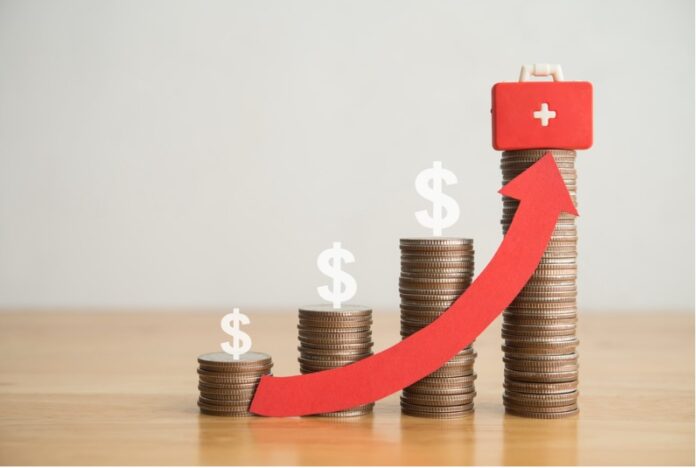I do a lot of research into medical cannabis as part of my job. I can tell you that a lot of medical cannabis advocates are concerned about affordability. They believe access is directly tied to cost. So they want medical cannabis to cost as little as possible so that more patients can afford it. This begs a question: how affordable should it be for the average patient?
Just the Plant or Everything?
Any debate over medical cannabis affordability needs to go beyond the cost of the plant itself. There is a lot more to it. For example, most states with medical cannabis programs require patients to get a doctor’s recommendation first. That costs money.
The patient needs to see a medical provider who can diagnose his condition, or at least confirm a prior diagnosis, and recommend cannabis as the best possible treatment. Patients pay for office visits the same way they would if they were looking to get an antibiotic.
A doctor’s recommendation alone is not enough. A patient must then obtain a medical cannabis card by using the recommendation as evidence of need. The medical cannabis card has a fee attached to it. And once a patient actually buys medical cannabis, there are state taxes and other fees added to the price.
Affordability must be viewed through the cost of the entire system. It’s not just the plant alone, it is everything a patient must pay an order to access medical cannabis.
Average Costs Vary by State
As you might expect, average costs vary by state. According to the NuggMD website, Oregon has one of the lowest average costs at $211 for one ounce of high quality marijuana plant material. Other states on the lower end of the cost spectrum include Utah ($281), Colorado ($242), and Washington ($233).
By contrast, North Dakota is pushing the upper boundaries of average pricing. Their cost for one ounce of high-quality plant material is $384. Other comparatively expensive states include Missouri ($355) and New Jersey ($344).
Utah just did something unusual. This past legislative session saw lawmakers lowering both the state transaction fee and the cost of obtaining medical cannabis cards. Salt Lake City’s Beehive Farmacy says the transaction fee has been reduced to $1.50. Meanwhile, the card application fee has been reduced from $15 to just $8.
Lowering costs at the state level is not the norm. States typically want to extract as much as possible out of medical cannabis. The justification is that they need money to operate their programs. That’s fair. But medical cannabis advocates question how much money the states really need.
The Supply and Demand Question
It’s impossible to have an honest discussion about medical cannabis without including the supply and demand question. Where demand is high and supply is limited, do prices go up? Absolutely. Let us look at Utah.
Although Utah is not the priciest state in the union for medical cannabis, it is also not the cheapest. Patients face a few distinct disadvantages compared to their counterparts in other states. First is the number of medical cannabis dispensaries in Utah.
Beehive Farmacy is one of just fifteen pharmacies serving the entire state. Utah has artificially limited supply by limiting dispensary licenses. This helps to keep prices at the higher end. The other disadvantage is that Utah is a mostly rural state. So people living in rural areas have even less access.
The final question at the end of the day is whether medical cannabis is truly affordable. Then again, is anything about healthcare truly affordable? That is the real issue.

